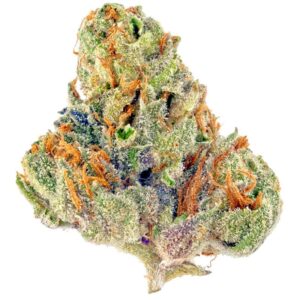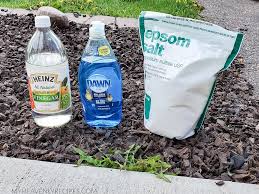Identify Weeds By Photo, Identifying weeds can be a daunting task for many gardeners, landscapers, and agricultural professionals. However, with advancements in technology, specifically through mobile applications and online resources, identifying weeds by photo has become easier than ever. This article will explore how to effectively identify weeds using photographs, the benefits of doing so, and some popular tools available for assistance.
Why Identify Weeds?
Weeds can pose significant challenges in gardening and farming. They compete with desired plants for nutrients, water, and light, often leading to reduced yields and unhealthy gardens. Identifying weeds early is crucial for effective management. By recognizing these unwanted plants, you can take appropriate action to control or eliminate them before they proliferate.
How to Identify Weeds by Photo
1. Take a Clear Photo
The first step in identifying weeds by photo is to capture a clear image. Ensure the photo is well-lit and focuses on the weed’s distinguishing features, including:
- Leaves: Shape, size, and arrangement (simple, compound, opposite, alternate).
- Flowers: Color, size, and number of petals.
- Stems: Texture, color, and growth pattern (upright, sprawling).
- Roots: If possible, capturing the root system can provide additional identifying characteristics.
2. Use Identification Apps
Several mobile applications can help you identify weeds by simply uploading your photo. Some popular options include:
- PlantSnap: This app allows users to take photos of plants, including weeds, and get instant identification using a vast database.
- PictureThis: With a user-friendly interface, PictureThis offers detailed information about various plants, including common weeds.
- iNaturalist: This community-based app allows users to upload photos and receive input from a community of nature enthusiasts and experts.
3. Consult Online Databases
Various online resources provide extensive databases for weed identification. Websites like the USDA PLANTS Database and the Weed Science Society of America (WSSA) offer detailed images and descriptions of common weeds.
4. Join Gardening Forums
Online gardening forums and social media groups are excellent platforms for seeking help in identifying weeds. You can post your photo and description, and experienced gardeners and horticulturists can provide insights and advice.
5. Compare with Reference Books
If you prefer a traditional approach, consider using reference books on weed identification. These books often contain high-quality images and descriptions of various weeds, making it easier to compare your photo to established examples.
Benefits of Identifying Weeds by Photo
- Accurate Identification: Utilizing photographs ensures that you can compare your findings with reliable images, leading to more accurate identification.
- Educational Value: Learning to identify weeds can enhance your gardening knowledge and help you understand plant ecosystems better.
- Effective Management: Once identified, you can research specific management strategies tailored to the weed species, improving your control measures.
Conclusion
Identifying weeds by photo has transformed the way gardeners and farmers approach weed management. With the right tools and resources, anyone can become proficient at recognizing unwanted plants in their gardens or fields. Whether using mobile apps, online databases, or community forums, you can successfully identify and manage weeds, ensuring your plants thrive. Embrace technology and empower your gardening experience by learning to identify weeds through photographs!
You Might Also Like These:



